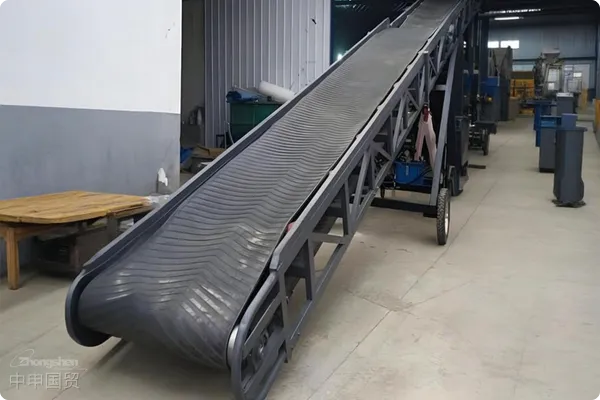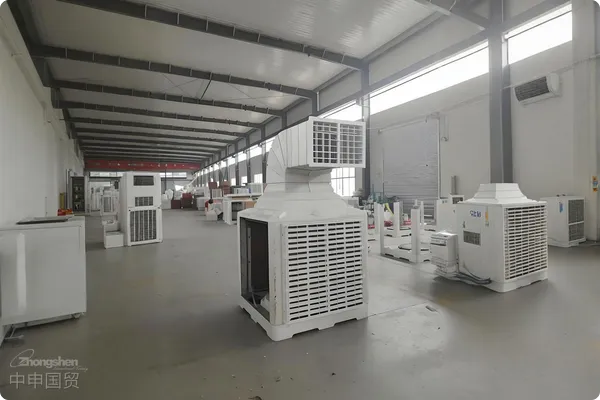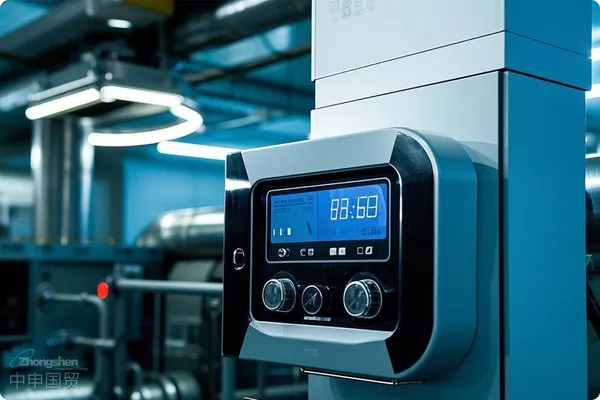- Shanghai Zhongshen International Trade Co., Ltd. - Two decades of trade agency expertise.
- Service Hotline: 139 1787 2118

I. Special Requirements for Installation and Commissioning in the Russian MarketEquipment ExportDemand continues to grow. However, large mechanical equipment (such as construction machinery, production line equipment, etc.) poses higher requirements for logistics and compliance due to their large size, high value, and complex transportation. This article, focusing on the core concerns of target customers, outlinesCompulsory certificationFive key special requirements that need focused attention.
Compliance with Russian climate and geographical environmental adaptation requirements
Russias vast territory and significant climate differences, especially extreme winter cold (-30°C to -50°C) and the complex terrain of Siberia, have a huge impact on equipment transportation:
Internationally - recognized Safety StandardsFreeze protection: Hydraulic systems and lubricants need to use low-temperature models, and electronic components must pass -40°C freeze resistance tests.
Regional Mandatory CertificationsPackaging Reinforcement: Exposed parts of equipment need to be wrapped with waterproof and rust-proof materials to avoid moisture corrosion during long-distanceMaritime Transportationor railway transportation.
Cultural and Religious NormsTransport route planning: Give priority toChina-Europe Railway Express(via Manzhouli or Alashankou) to avoid extremely cold areas, or transit through St. Petersburg/Vladivostok ports.
Mandatory certification and document compliance
Russia implements strict certification systems for imported machinery equipment. Missing documents will cause customs clearance delays or even return shipments:
- GOST certification: Machinery involving safety and environmental protection needs to pass Russian national standard certification, such as pressure vessels complying with GOST R 52857 standard.
- Customs Union CU-TR certification (EAC certification): Covers electromagnetic compatibility, noise and other indicators of machinery equipment, requiring 6-8 weeks for processing in advance.
- Russian technical documents: Manuals, labels, contracts, etc. must be provided in Russian version, with information completely consistent with the actual product.
Customized transportation solution design
Oversized equipment typically exceeds standard dimensions (length >12m, width >2.5m, height >4m) and requires special transportation methods:
Internationally - recognized Safety Standards: Comply with the Regulations Concerning the International Carriage of Dangerous Goods by Rail (RID).: Cost-effective, but must comply with Russian railway clearance standards (e.g., loading height not exceeding 5.3m).
Regional Mandatory CertificationsModular disassembly transportation: Transport detachable equipment in batches to reduce single-piece weight (avoid exceeding 35-ton railway weight limit). On-site assembly requires proof of guidance from Russian engineers.
Cultural and Religious NormsRoad + sea multimodal transport: For Far East regions, compliance with IMO cargo securing regulations is required when transiting through Busan Port, South Korea.
Customs clearance process and tax optimization
Russian customs strictly examines high-value equipment. Recommended measures:
- Pre-classification and price pre-approval: Submit HS Code and commercial invoice in advance to avoid detention due to classification disputes.
- Tariff exemption application: Equipment for China-Russia cooperation projects (e.g., Arctic LNG development) may qualify for temporary import duty exemption.
- Deposit system: If certification documents are incomplete, customs clearance can proceed after paying a bond, with subsequent document submission for refund.
Insurance and risk prevention
High transportation risks in Russia require targeted insurance:
- End-to-end insurance: Covers loading/unloading, transportation, and warehousing, with additional strike and war risk clauses.
- Cargo damage liability definition: Clearly define responsibilities between carriers and Russian agents, e.g., railway sections governed by CIM rules.
Special Packaging Requirements
Q: Are Russian-language documents required during transportation?
A: Yes, commercial invoices, packing lists,It is recommended to verify through the following methods:etc. must be in Russian and require notarized translation.
Q: How to choose the most economical transportation method?
A: For goods valued below $500,000 and non-urgent equipment, sea freight is recommended; for high-value or time-sensitive shipments, China-Europe Railway Express is preferred.
Q: What is the processing time for certifications?
A: EAC certification usually takes 6-8 weeks. It is recommended to start the process 3 months before export. Local certification agencies can be entrusted to expedite the process.
Q: How to handle extreme cold during winter transportation?
A: Use pre-heated packaging (e.g., temperature-controlled containers), select southern railway routes via Kazakhstan, and purchase low-temperature liability insurance.
Through systematic transportation planning and advance compliance certification, enterprises can significantly reduce costs and risks when exporting large machinery to Russia, further expanding into Eastern European and Central Asian markets.
Related Recommendations
Category case
Contact Us
Email: service@sh-zhongshen.com
Related Recommendations
Contact via WeChat

? 2025. All Rights Reserved. 滬ICP備2023007705號-2  PSB Record: Shanghai No.31011502009912
PSB Record: Shanghai No.31011502009912









